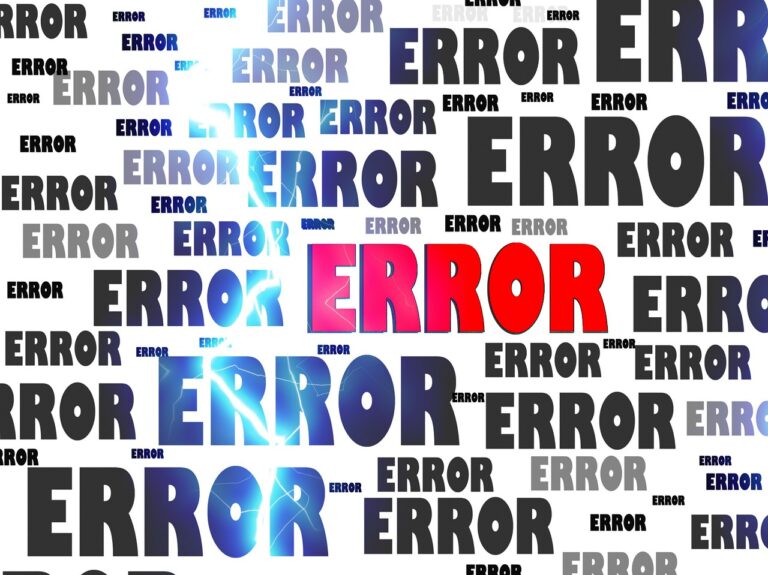
In the world of logical reasoning and critical thinking, fallacies can often obscure the truth and lead us astray from sound arguments. One such fallacy is the “red herring,” a cunning tactic that aims to divert attention and create confusion. In this blog post, we will delve into the intriguing concept of the red herring fallacy, understand its definition, explore real-life examples, and equip ourselves with the tools needed to identify and counter this deceptive reasoning.
🐡What is a Red Herring
The red herring fallacy is a deceptive argumentative strategy that attempts to divert the focus of a discussion or debate away from the original topic or issue at hand.
The term “red herring” originates from the practice of using strong-smelling fish to mislead hunting dogs from their intended target. Similarly, the red herring fallacy introduces irrelevant or unrelated information to misdirect the audience’s attention and derail the argument.
Characteristics
To identify a red herring fallacy, it is essential to recognize its key characteristics:
a) Irrelevance
The information presented is unrelated to the original subject or argument.
b) Distraction
The argument shifts focus, often abruptly, to a different topic or tangent.
c) Emotional Manipulation
Red herrings may evoke strong emotions or appeal to personal biases to sidetrack the audience.
d) Lack of Substance
The fallacy typically offers little to no evidence or rational reasoning to support its diversionary tactics.
🐟Examples of Red Herrings
Understanding concrete examples of the red herring fallacy can help us better recognize its implementation in various contexts. Let’s explore a few common instances:
Political Debates
During political campaigns, candidates may redirect attention from their weaknesses or controversial topics by introducing unrelated issues or personal attacks on their opponents. Example: Instead of addressing concerns about economic policies, a candidate might shift the focus to their opponent’s personal life or past mistakes.
Advertising
Advertisers sometimes employ red herrings to distract consumers from considering the actual merits of a product. Example: A commercial for a luxury car might showcase beautiful scenery and attractive models, creating an emotional appeal while diverting attention from the vehicle’s performance or price.
Legal Proceedings
In courtroom trials, lawyers may introduce irrelevant evidence or arguments to confuse the jury and divert attention from the central issue. Example: In a murder trial, the defense attorney might focus on the defendant’s difficult childhood rather than presenting evidence relevant to the crime itself.
📐Spotting and Countering
Noticing red herrings isn’t easy. But with enough preparation and practice utilizing the following tips, the fallacy is solvable.
a) Stay Focused
Maintain a clear understanding of the original topic or question being discussed. Be vigilant for sudden shifts in the argument’s direction.
b) Identify Irrelevance
Determine if the information being presented is directly related to the central issue or if it is a diversion.
c) Evaluate Evidence
Assess whether the argument provides substantial evidence and reasoning to support its claims or if it relies solely on emotional manipulation.
d) Ask Critical Questions
Challenge the speaker to address the original topic and demand relevant evidence to back their claims.
Learn More
Here are some good books that discuss the red herring fallacy and provide insights into logical reasoning and critical thinking:
- “The Art of Thinking Clearly” by Rolf Dobelli: While not solely focused on the red herring fallacy, this book explores various cognitive biases and logical fallacies that affect our decision-making processes. It includes an engaging chapter on the red herring fallacy, highlighting how distractions and irrelevant information can sway our thinking.
- “The Fallacy Detective: Thirty-Eight Lessons on How to Recognize Bad Reasoning” by Nathaniel Bluedorn and Hans Bluedorn: Designed for a younger audience but suitable for all ages, this book provides an accessible and entertaining introduction to logical fallacies. The authors explain the red herring fallacy and many others through clear examples and exercises.
- “Nonsense: Red Herrings, Straw Men, and Sacred Cows: How We Abuse Logic in Our Everyday Language” by Robert J. Gula: Focused on the misuse and abuse of logic in everyday language, this book delves into various logical fallacies, including the red herring fallacy. It offers real-life examples and strategies to recognize and avoid these deceptive tactics.
- “The Fallacies of Statesmanship” by Sir Ernest Benn: In this classic work, Sir Ernest Benn examines various fallacies present in politics and statesmanship. He delves into the red herring fallacy and its impact on public discourse and decision-making in the political arena.
- “Being Logical: A Guide to Good Thinking” by D.Q. McInerny: A concise and straightforward guide to critical thinking, this book covers different logical fallacies, including the red herring fallacy. It provides readers with practical tools to enhance their ability to identify and construct sound arguments.
Conclusion
The red herring fallacy is a cunning tactic employed to divert attention and derail discussions by introducing irrelevant or unrelated information. By understanding the characteristics of this fallacy and familiarizing ourselves with real-life examples, we can become more adept at recognizing and countering it.
Developing strong critical thinking skills and maintaining a sharp focus on the main issue at hand will enable us to navigate through the maze of fallacious reasoning and arrive at sound conclusions.
Remember, the pursuit of truth requires us to be vigilant, rational, and discerning in the face of deceptive tactics such as the red herring fallacy.




